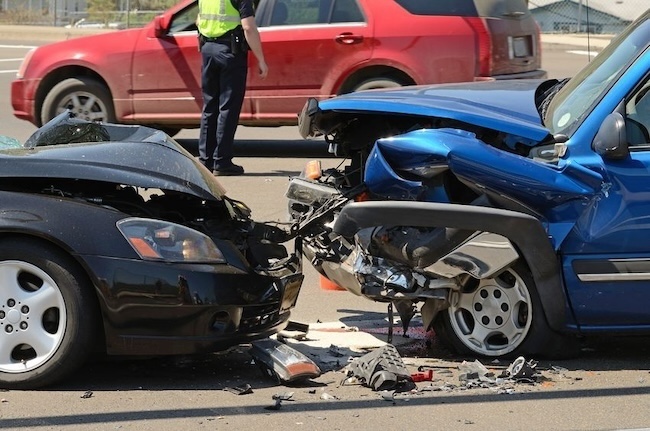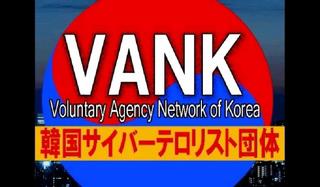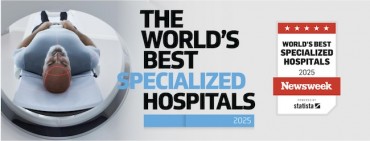
One out of every three disputed car-to-car accidents over the past three years involved lane changes. (Image courtesy of Kobiz Media)
SEOUL, Jun. 17 (Korea Bizwire) – A recent analysis by the General Insurance Association of Korea has revealed that one out of every three disputed car-to-car accidents over the past three years involved lane changes, underscoring a significant source of contention as the summer vacation season approaches.
The association examined approximately 130,000 cases reviewed by its Vehicle Accident Liability Dispute Committee from the past three years and identified the top five types of collisions that frequently lead to disputes over fault determination.
The most contentious accident type, accounting for 29.4% of cases, involved a following vehicle traveling straight colliding with a leading vehicle changing lanes. When combined with simultaneous lane changes by vehicles traveling in opposite directions (6.5%), disputes related to lane changes amounted to 35.9% of the total.
Other common sources of disputes included accidents at unsignalized intersections involving a right-turning vehicle and a left-turning vehicle (6.5%), collisions on roads without center lines between vehicles traveling in opposite directions (5.2%), and rear-end collisions between vehicles traveling in the same direction (3.5%).
In accidents where a leading vehicle (Vehicle B) changes lanes and collides with a following vehicle (Vehicle A) traveling straight in the same direction, the standard liability allocation assigns 30% fault to Vehicle A and 70% fault to Vehicle B. While the leading vehicle has a greater duty to maintain sufficient distance and safely change lanes, the following vehicle also bears responsibility for reducing speed and braking to prevent accidents.
The General Insurance Association of Korea advised, “Drivers must develop the habit of using turn signals before changing lanes and ensure sufficient distance from following vehicles when executing lane changes.”
In cases where both vehicles simultaneously change lanes from opposite directions, the standard liability is equally split at 50% for each vehicle, based on relevant court precedents.
For accidents at unsignalized intersections involving a right-turning vehicle (Vehicle A) and a left-turning vehicle (Vehicle B), Vehicle A typically has the right-of-way. However, Vehicle A still has an obligation to slow down or momentarily stop before entering the intersection. As a result, the standard liability allocation is 40% for Vehicle A and 60% for Vehicle B. If Vehicle A entered the intersection first, its liability decreases to 30%, and if it entered later, its liability increases to 70%.
The association emphasized, “At unsignalized intersections, drivers must approach cautiously. On intersections of equal width without signals, the vehicle entering from the right (Vehicle A) has the right-of-way according to traffic laws.”
On roads without center lines, when vehicles traveling in opposite directions collide, the standard liability is split 50-50. However, if one vehicle fails to yield the right-of-way while ascending a steep, narrow road, its liability can be increased by 10%.
In rear-end collisions between vehicles traveling in the same direction, the rear vehicle is typically assigned 100% liability. However, if the lead vehicle stops abruptly without cause or has a malfunctioning brake light, its liability can be increased by 10% to 30%.
M. H. Lee (mhlee@koreabizwire.com)






